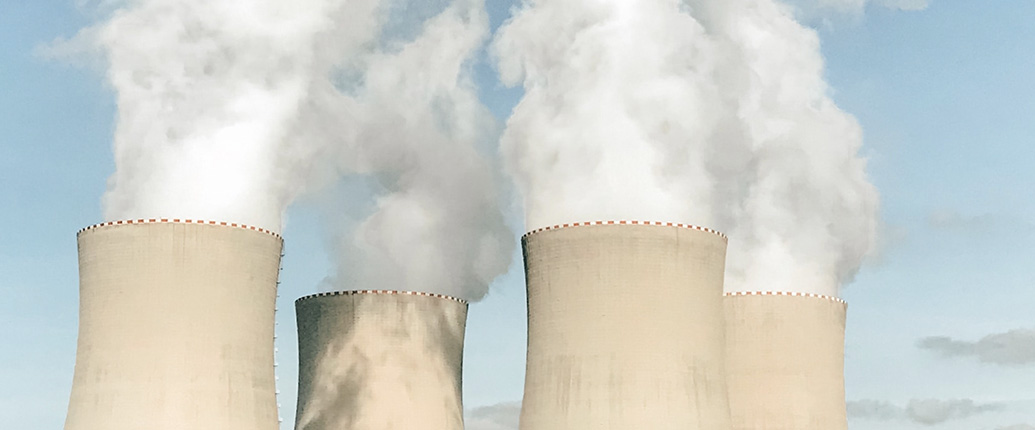

What is global warming?
Why climate protection?
What are greenhouse gases?
Why should we reduce co2 emissions?
What does climate neutrality mean?
What do we mean by forest management?
How to become carbon neutral?
European Green Agreement.
What is ETS? How does the ETS system work?
What we mean by forestry?
Global warming is the long-term increase in the average temperature of the Earth's climate, which also includes an increase of surface water’s and the troposphere’s temperature. The Climate Change Convention’s Framework point out human activity as the main cause of global climate change.

At the 2015 United Nations climate conference in Paris, 195 participating countries voted unanimously to fight climate change. Climate protection is not a task for politicians and societies only. As a global challenge, it requires action from all of us. In the fight against climate change, the economy and companies, play a key role. Emissions from daily activities must be reduced wherever possible. Wherever is not possible, compensation should be provided.
Greenhouse gases are gases that absorb and emit infrared light from the earth's surface, leading to the greenhouse effect. The most important greenhouse gases in the Earth's atmosphere are water vapor, carbon dioxide, methane, nitrous oxide and ozone.

Like methane, CO2 is a greenhouse gas. It absorbs and radiates the heat emitted by the Sun to the Earth. The more greenhouse gases accumulate in the atmosphere, the higher the temperature rises. Therefore, reducing CO2 is an effective measure against climate change. At the same time, the reduction of CO2 represents a serious challenge, especially for the economy.
Climate neutral companies, processes and products offset their CO2 emissions by supporting internationally recognized carbon dioxide compensation projects. Another important element of climate protection is to offset carbon dioxide emissions. This method was first adopted in 1997, in the Kyoto Convention, and has been further developed since then.
Carbon neutrality usually means that a company or an individual reduces its carbon footprint to the minimum, and then balances the remaining carbon emissions. Carbon neutral can be a product, service, event, etc.. by offsetting related carbon emissions.
Carbon emissions can be offset, equalized by supporting green projects through the purchase of voluntary carbon credits which have avoided greenhouse gas emissions verified by a third party.

The European Union is committed to becoming climate neutral by 2050. Achieving this goal requires economic and social transformation throughout Europe, which must take place in a cost-effective and socially balanced manner.
In the Green Agreement, the European Commission outlined its policy initiatives to help the EU become climate neutral by 2050.
The EU, which is the third largest emitter of carbon dioxide in the world, has set itself the ambitious goal of significantly reducing emissions by 2030 compared to 1990 figures, and reaching net zero emissions by 2050.
The Emissions Trading System (ETS) was established by the Europian Union in 2005.
The ETS, applies to harmful substances produced by industrial activity, helps to achieve this goal.
The ETS affects more than 11,000 power plants and factories and it sets a carbon dioxide emission level and companies can only pollute the air in exchange for carbon dioxide quotas. These companies have to pay for the quotas in auctions, which keeps them motivated to keep emissions as low as possible. The quota permits one ton of carbon dioxide emission per CO2 unit. Unused quota can be sold by companies.

Forestry is a set of activities aimed at maintaining the forest, ensuring its public functions, guarding and protecting it and expanding its assets - with the exception of hunting rights.